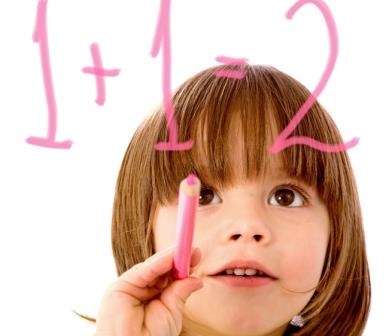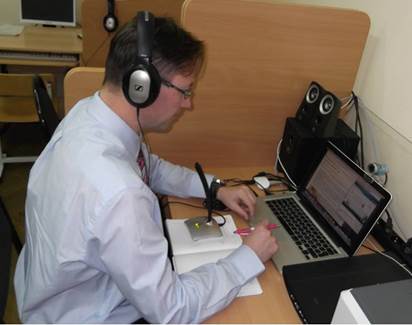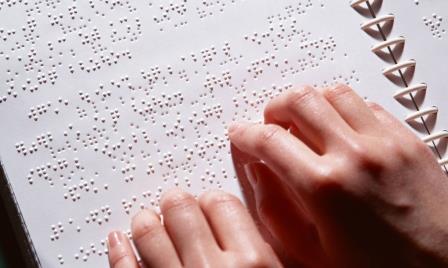References
1. Belinskij V.G. Obshchaya ritorika N.F. Koshanskogo (Recenziya). http://lib.ru/LITRA/BELINSKIJ/s_koshanskij.txt.
2. Rossijskoe shkol'noe obrazovanie okazalos' huzhe srednego v mire. URL: https://mel.fm/novosti/5738912-pisa.
3. Il'f I., Petrov E. Dvenadcat' stul'ev. URL: http://gatchina3000.ru/literatura/koreiko_a_i/12-chairs_01.htm.
4. Harms D. Lapa // Vanna Arhimeda: Sbornik. L.: Hudozhestvennaya literatura, 1991. S. 183 – 197.
5. EHjhenbaum B.M. Molodoj Tolstoj // O literature. Raboty raznyh let. M.: Sovetskij pisatel', 1987. S. S. 34 – 129.
6. Tolstova A. Pobochnyj syn Rodiny / Kommersant"-Weekend , № 37, 27 oktyabrya 2017 g.
7. Reformatskij A.A. Opyt analiza novellisticheskoj kompozicii // Semiotika. M.: Raduga, 1983.C. 557 – 565.
8. Platon. Gosudarstvo, 3, 393 – 395. URL: http://platona.net/load/knigi_po_filosofii/istorija_antichnaja/platon-gosudarstvo-2015.
9. Platon. Sofist, 335 – 236. URL: https://profilib.com/chtenie/68152/platon-sofist.php.
10. Turgenev I.S. Dvoryanskoe gnezdo. URL: http://ilibrary.ru/text/1647/index.html.
11. Platon. Gosudarstvo, 3, 392 – 394. URL: http://platona.net/load/knigi_po_filosofii/istorija_antichnaja/platon-gosudarstvo-2015.
12. Gavrilov I. Stilisticheskie zadachi dlya chetyrekh nizshih klassov: rasskazy, opisaniya, sravneniya i periody. SPb., 1874. 214 s.
13. Annushkin V.I. Istoriya russkoj ritoriki. Hrestomatiya. M.: Izdatel'skij centr «Akademiya», 1998. 416 s.
14. Stretern P. Spinoza za 90 minut. M. M. Astrel', AST, 2004. 90 s.
15. Stretern P. SHopengauehr za 90 minut. M. Astrel', AST, 2004. 90 s.
16. Koshanskij N. F. Ritorika / Sost. V.I. Annushkin, A.A. Volkov, L.E. Makarova: Russkaya panorama: Kafedra, 2013. 320 s.
17. Miller T.A. Ot poehzii k proze (Ritoricheskaya proza Gorgiya i Isokrata) // Antichnaya poehtika. Ritoricheskaya teoriya i literaturnaya praktika. M.: Nauka, 1991. S. 60 – 105.












